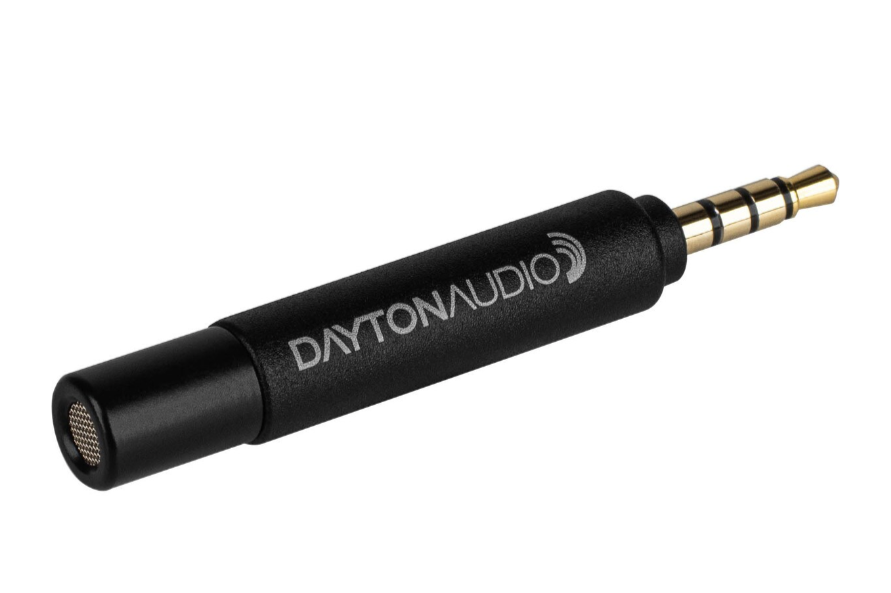Site Links
Howdy, Stranger!
It looks like you're new here. If you want to get involved, click one of these buttons!
Quick Links
Categories
In this Discussion
Who's Online (0)
Can I connect 3.5mm TRSS (Dayton IMM-6S) to a USB interface (Motu M2)
I bought one of the little Dayton IMM-6S microphones. It has a 3.5mm (1/8") male TRSS jack. I have a 10 foot 1/8" female to 1/8" male extension cable that I can plug into my laptop 1/8" headset jack. In REW I can use my Motu M2 as output and the IMM-6 as the mic and I can take measurements. However, I'd like to run the mic into the Motu M2 rather than the headset jack.
I have two adapter cables:
- 1/8" female TRS to 1/4" male TRS
- 1/8" female TRS to XLR
But neither of these have worked through the Motu. Is there (1) something about the kind of mic the IMM-6 is that would NOT work through the Motu or (2) is there a simple adapter that I am missing (maybe something related to TRSS vs TRS such that the mic signal isn't going through the TRS cables that I have)?


Comments
Pinouts vary by application - you may need to buy a cable and modify it to make it work . . . probably best to do so.
https://www.amazon.com/KabelDirekt-Headset-Extension-Cable-female/dp/B00RXNVC4K/ref=as_li_ss_tl?dchild=1&sr=8-5&language=en_US
Here is some info I pulled from Reddit regarding mics and 1/4" vs xlr:
Original: https://reddit.com/r/audio/comments/iz5rdv/how_do_i_make_this_old_mic_connector_work_with_14/
"It depends on what kind of microphone that is. Is it dynamic? Is it crystal? Probably not a condenser microphone.
If that is a high-impedance microphone, then you need to put a proper 1/4 inch TS plug on it. And plug it into the "instrument" input. (The large center hole on those "combo" input jacks).
If that is a low-impedance microphone, then you need to put a 3-pin male XLR connector on it and plug it into the mic input (the three smaller holes on the "combo" input jacks).
This is not one of the easier DIY projects because there are many things we don't know about the microphone. And certain diagnostic tests and procedures may be harmful or fatal to the microphone."
"If it is really a 50KΩ (= 50,000 ohms) then it is high-impedance ("Hi-Z"). So it is roughly the equivalent of an electric guitar or electric bass, etc. Put (or adapt) an ordinary 1/4 inch TS plug and use the "instrument" input on your audio interface.
Back in the first half of the previous century, most microphones were Hi-Z like that. But virtually all modern microphone are low-impedance (150~600 ohms), and balanced. And that is what the 3-pin XLR mic input expects to see."
Looks like iMM-6S is 200ohm... but balanced?
The microphone element is 200 ohm. I would use a DMM to double check the pin out.